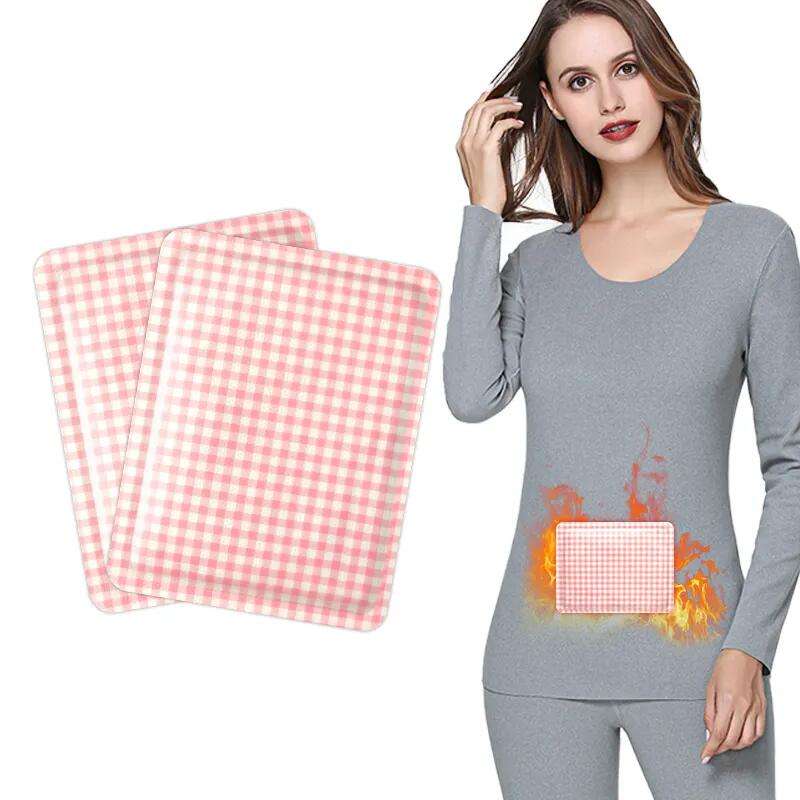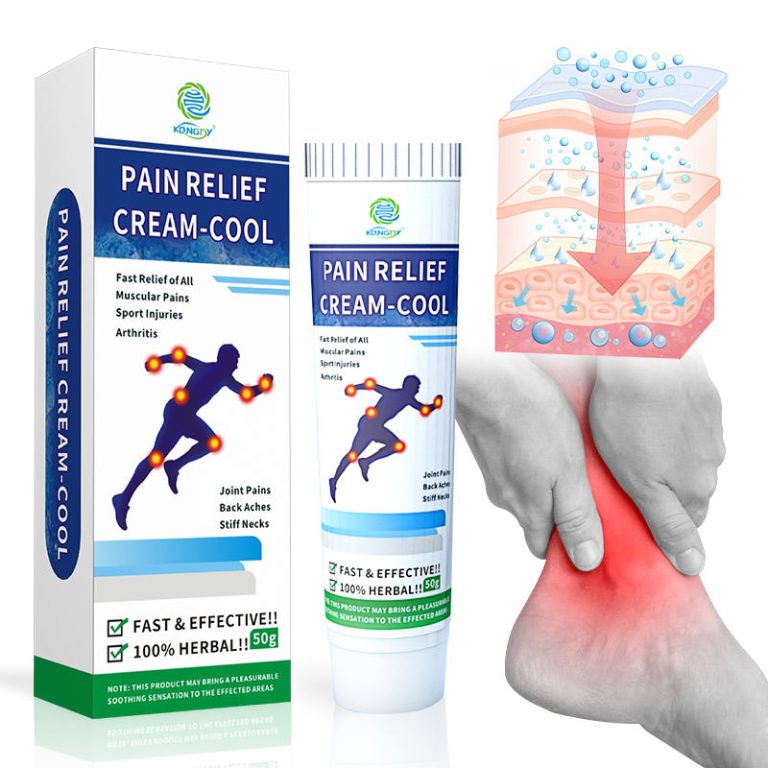With so many heat patch brands on the market, it can be tricky to know which one to choose for your needs. Heat patches provide hot or cold therapy through ingredients like iron powder, water, charcoal, and salt that react when exposed to air. They are an easy, drug-free way to get temporary relief from aches, pains, cramps, and more. But not all heat patches are created equal. Here’s what to consider when selecting a product:
- Heat Patch Ingredients
Heat patch ingredients can include iron powder, water, wood vinegar, charcoal, minerals, and adhesive materials. Iron powder patches provide heat through oxidation while charcoal patches produce heat through absorption of moisture. Some ingredients may work better for certain applications so check the formula. Also, look for patches without artificial fragrances or preservatives for sensitive skin. - Heat Intensity
Heat patches come in different intensities from mild warmth to extra strength heating. Determine your ideal temperature relief. For example, moderate heat is good for chronic back pain while maximum heat works better for sudden muscle cramps. Also, pay attention to size – the larger the patch, the more surface area for distributing heat.

- Duration
Heat patch duration varies from brand to brand, with some providing relief for up to 8-12 hours while others last only a few hours. Think about when and how long you need pain relief. Longer durations around 8 hours are ideal for all-day pain management. Shorter durations around 1-3 hours may be better for temporary muscle soreness after a workout. - Adhesion
A patch won’t provide relief if it doesn’t stay on your skin so adhesion is key. Look for breathable medical-grade adhesives that securely cling without irritating skin. Elastic bands can also enhance adhesion on joints or contours. Avoid low-quality patches that slip and slide off easily. - Targeted Relief
Many heat patches are designed for specific pain areas like the lower back, knees, shoulders, neck and more. Choose patches tailored for your needs whether it’s wrist tendonitis, arthritis, sciatica, or menstrual cramps. Specialized shapes and sizes maximize relief potential. - Portability
If you need on-the-go pain management, select ultra-thin, lightweight patches that can be worn discreetly under or over clothing. Look for patches with protective pouches for easy transport without getting crushed in your bag or pocket. Large bulky patches are better suited for home use.
- Price
Heat patch prices range from budget-friendly to premium. In general, you get what you pay for in terms of ingredients, performance, and durability. But reasonably priced quality options are available, especially for bulk purchases. Avoid the cheapest patches which may leak and lose adhesiveness quickly. - Brand Reputation
Established brands with good customer reviews typically deliver reliable, effective pain relief. Check sites like Amazon for user feedback and satisfaction ratings. Also, brands with rigorous safety testing and certifications inspire confidence in their products. - Special Considerations
Look for latex-free, plant-based patches if you have latex allergies. Diabetics should use caution with heat therapy. And consult your doctor before use if you have medical concerns. Also check labels for appropriate age ranges and warnings.
Finding the perfect heat patch takes some homework, but the right match provides effective, soothing relief. Analyze your specific pain problems and when you experience them most. Then use this guide to narrow down the abundant patch options to the brand best suited for you. With customized, targeted relief in reach, you’ll be on your way to pain-free days ahead.






